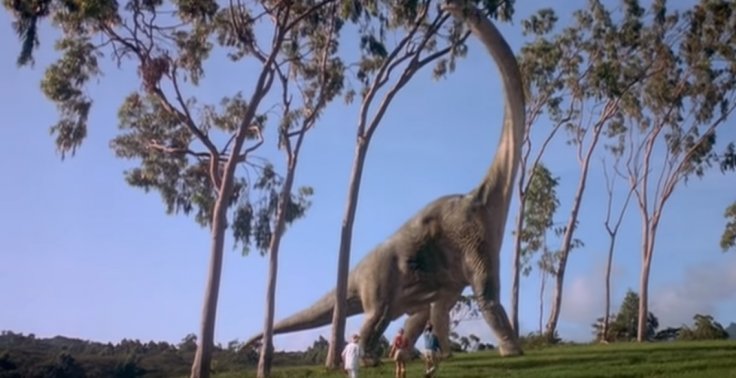A new study conducted by a team of British researchers has revealed that it is very hard to distinguish between male and female dinosaurs based on fossil studies. The researchers who took part in the study claimed that the bone structure of male and female dinosaurs is almost identical, and as a result, mere fossil analysis will not help to determine the sex of these ancient creatures.
More details of the study
Scientists came to this conclusion after analyzing the skulls of modern-day gharials, a critically endangered crocodile species. During the study, the researchers noted that there is a lack of observable differences between male and female gharials, apart from a bony hollow in the skull.

Gharials are popularly known as living dinosaurs, and the giant creatures reach up to 20 feet in length, and it weighs more than a quarter of a ton.
"Like dinosaurs, gharials are large, slow-growing reptiles that lay eggs, which makes them a good model for studying extinct dinosaur species. Our research shows that even with prior knowledge of the sex of the specimen, it can still be difficult to tell male and female gharials apart. With most dinosaurs we don't have anywhere near that size of the data set used for this study, and we don't know the sex of the animals, so we'd expect this task to be much harder," said David Hone, a researcher at the Queen Mary University, London, and one of the authors of the study, in a recent statement.
Hone made it clear that large samples of the animals are required to determine the sex of gharials. The finding indicates that fossils are not sufficient enough to distinguish between males and females in dinosaurs.
The new study also questions a previous research report that claimed that the female Tyrannosaurus Rex (T-Rex) is larger than its male counterparts.
"Many years ago, a scientific paper suggested female T Rex are bigger than males. However, this was based on records from 25 broken specimens. Our results show this level of data just is not good enough to be able to make this conclusion," added Hone.
The discovery of 50-ft swimming dinosaur
A few weeks back, a unique fossil discovered in Morocco provided valuable insight into how a 50-ft-long dinosaur named Spinosaurus Aegyptiacus lived in ancient days. The giant creatures weighed more than 7,000 kilograms, and had a tail that was longer than an adult T-Rex.
The researchers who took part in the study also revealed that the long tail of Spinosaurus is the most extreme adaptation ever seen in a large dinosaur.









